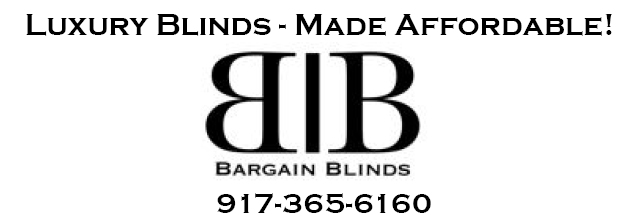
Is it really a good idea to burn parcels of land on purpose in order to prevent the spread of actual wildfires?
– C. Hudson, Mesa, CA
Burning parcels of land intentionally, known as controlled burning, has long been a controversial practice aimed at reducing the risk of larger, uncontrolled wildfires. The idea is to eliminate accumulated flammable material like dead vegetation, brush and smaller trees, before it can fuel a destructive wildfire.
But the effectiveness and potential drawbacks are subjects of ongoing debate among experts.
Proponents
argue that controlled burns can mimic natural fire cycles, which play a
vital role in maintaining ecosystem health. Fire-adapted plant species
have evolved to rely on periodic burns to clear out competition, recycle
nutrients and promote new growth. By reintroducing fire in a controlled
manner, proponents say that we can restore
ecological balance and reduce the likelihood of catastrophic wildfires.
Moreover, controlled burns can help mitigate the intensity and spread of
wildfires by creating firebreaks, barriers to stop or slow down an
approaching fire. By removing potential fuel sources, firefighters gain a
tactical advantage in managing wildfires, allowing them to better
suppress and contain the flames. However, there are valid concerns and
criticisms regarding the practice of intentional burning.
One key
concern is the potential for controlled burns to escape control and
become uncontrolled wildfires themselves. Despite meticulous planning
and execution, there is always a risk of fire spreading beyond the
intended boundaries, especially under unpredictable weather conditions.
Furthermore, some argue that prescribed burning may have unintended
consequences for biodiversity. While certain fire-adapted species
benefit from controlled burns, other sensitive or nonadapted
species may suffer negative impacts. This is particularly concerning in
areas with high levels of biodiversity, where the loss of rare or
endangered species can have far-reaching ecological consequences.
Another consideration is air quality. Controlled burns release smoke and
particulate matter into the atmosphere, which can pose health risks to
nearby communities, especially individuals with respiratory conditions.
Although measures are taken to minimize these impacts, the scale and
frequency of prescribed burns must be carefully managed to avoid
significant air pollution and subsequent health issues.
Additionally,
there are concerns about the long-term effects of controlled burning on
carbon emissions and climate change. While controlled burns release
carbon dioxide into the atmosphere, some argue that the emissions are
offset by the reduction in larger, uncontrolled wildfires. However, the
overall carbon balance and net effect on climate change
remain complex and subject to ongoing scientific study.
Given the complexity of the issue, it is crucial to consider local conditions, scientific research, and to involve stakeholders in the decisionmaking process to strike a balance between preventing wildfires and minimizing potential drawbacks. If wildfires are an issue in your region, your state probably has its own “prescribed fire council” – a group of local experts on forestry and fire – that may be able to help educate otherwise skeptical neighbors, planners and city/town councils on the merits of controlled burns.
CONTACTS: Coalition of Prescribed Fire Councils, prescribedfire.net; Nearly 1 million Washington homes are at risk from wildfires; here’s why we’re not winning the fire fight, spokesman.com/stories/2020/oct/19/ investigate-west-nearly-1-millionhomes-at-risk-fr/. EarthTalk® is produced by Roddy Scheer & Doug Moss for the 501(c)3 nonprofit EarthTalk. See more at https://emagazine.com. To donate, visit https://earthtalk.org. Send questions to: question@earthtalk.org.


























